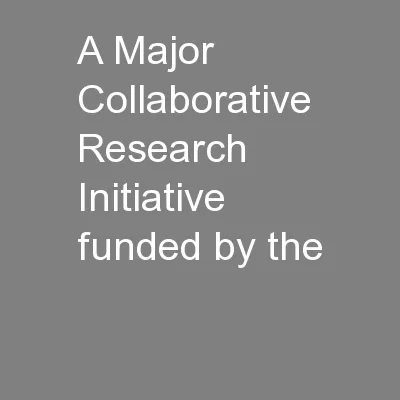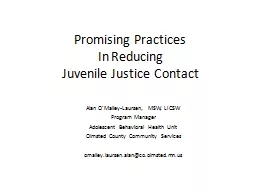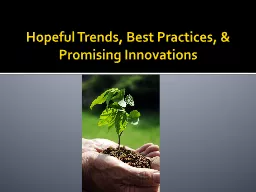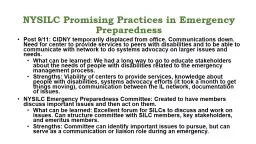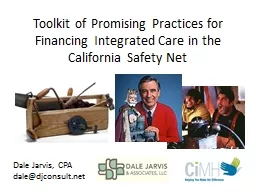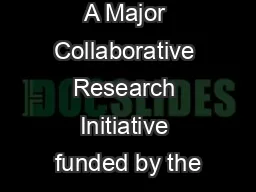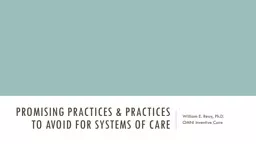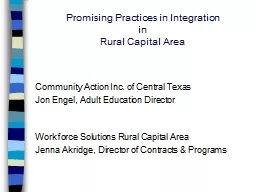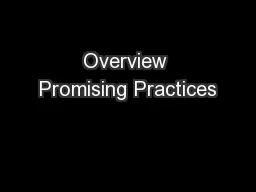PPT-Promising Practices for
Author : aaron | Published Date : 2018-09-24
Incorporating IDEA BirthFive Programs in State Professional Development Systems Nancy Vorobey Section Chief Maryland State Department of Education Lisa Backer
Presentation Embed Code
Download Presentation
Download Presentation The PPT/PDF document "Promising Practices for" is the property of its rightful owner. Permission is granted to download and print the materials on this website for personal, non-commercial use only, and to display it on your personal computer provided you do not modify the materials and that you retain all copyright notices contained in the materials. By downloading content from our website, you accept the terms of this agreement.
Promising Practices for: Transcript
Download Rules Of Document
"Promising Practices for"The content belongs to its owner. You may download and print it for personal use, without modification, and keep all copyright notices. By downloading, you agree to these terms.
Related Documents



